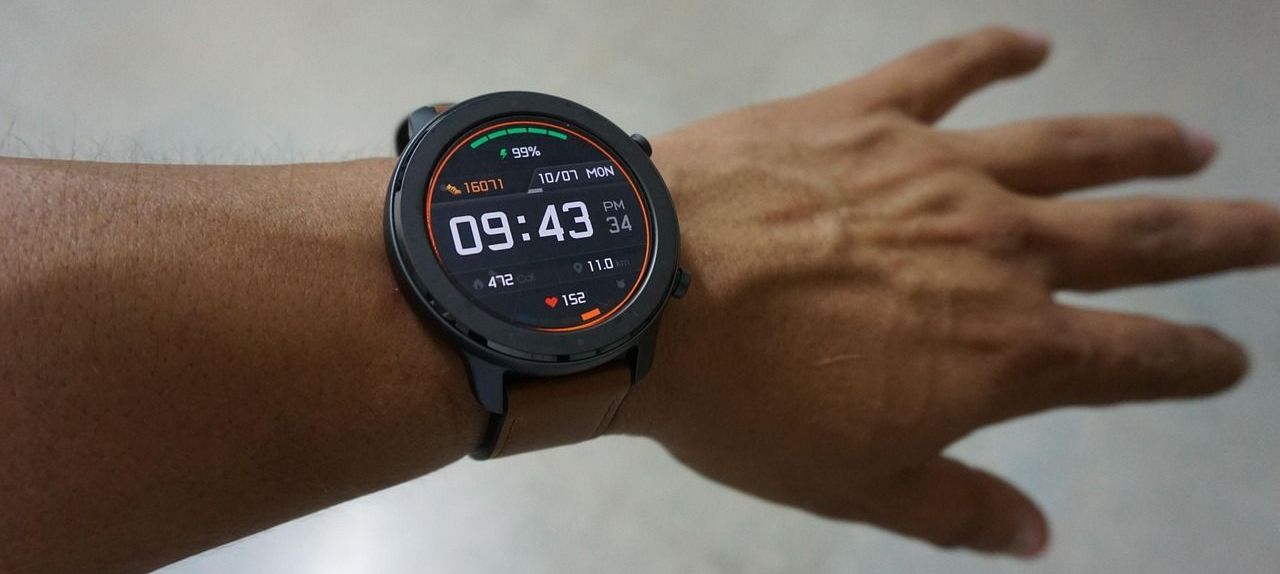Energized Aging for Entrepreneurs
Get Energized
Welcome aboard The Longevity Train and my Energized Aging blog! It's a great way to start your trip because my blogs offer practical insights on navigating the aging process together. Each post serves as a checkpoint, presenting realistic options and strategies against conventional aging expectations. With a blend of emerging trends and timeless wisdom, I aim to transform aging from a journey of decline to one of vitality. My blogs challenge typical aging narratives and empowers you to lead vibrant, energetic lives at any age.

Seeing the Future, Clearly—At Any Age
Our eyes may be small, yet they take in an expansive universe. As the years roll on, many of us silently accept blurry vision, thickening prescriptions, and surgeries as part of “getting older.” We’ve all heard it. Whether it's blurry eyesight, or worsening night vision, or grad

Aging is not a problem to solve—it is an evolution to embrace.
Yet many people approach aging with a mixture of resistance and resignation. Popular culture has long glorified youth while sidelining the power and possibility inherent in growing older. Today, however, there is a profound shift taking place: longevity is

In an increasingly fast-paced world, where the demands on our cognitive abilities are ever-growing, maintaining brain health has become a top priority. Cognitive decline—manifesting as memory lapses, poor concentration, or mental fog—often shadows aging. But here’s the good news: you can flip the script. Staying mentally nimble is more than a luxury—it’s your secret weapon.

In PART I: “Gut Check: Why Your Belly Might Be Aging Faster Than You Are”, we explored why your gut matters more than you think—how it’s not just about digestion, and more about energy, immunity, and even your mood. Now in PART II, we’re digging a little deeper into the science-y stuff—in a way that’s still practical and easy to digest (pun totally intended).

When most people hear "gut," they think of the stomach, maybe digestion, maybe even a bad burrito. And here’s the thing: your gut is so much more than just your stomach. It's a full-body control center stretching from your mouth to your colon—a vast, squishy superhighway packed with trillions (yes, trillions!) of bacteria, fungi, viruses, and other microscopic creatures. Together, they make up your gut microbiome—a living, breathing ecosystem that's working 24/7 to keep you energized, immune-strong, clear-headed, and yes—younger.

I’m revisiting wearables from a different angle—risks in alleviating detrimental health
episodes, along with their game-changing potential in predicting health concerns and supporting aging populations. This time, the conversation shifts to how artificial intelligence (AI)-driven wearables are transforming the diagnostic areas of healthcare, by offering remote monitoring, early risk detection, and proactive interventions to improve quality of life for older adults.

The human body is wired for sex, yet societal norms often push aging populations into the shadows when it comes to discussions about intimacy. Sexual health is not just about medical functionality—it’s about pleasure, confidence, and human connection, and it's an essential component of overall well-being.



